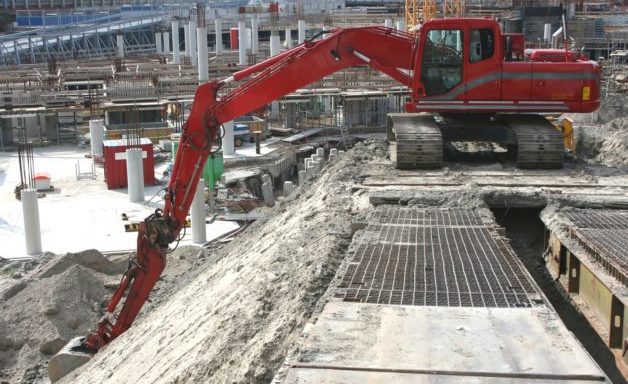
December 8th, 2023
Posted on July 6th, 2023 in Business Valuations, Construction & Real Estate

In many industries – and especially in construction – the method by which a company chooses to value its work in process and consequently recognize revenue on projects can have a large impact on the timing of the related tax that it owes. It can also significantly impact the value of the company at a given point in time and its standing in relation to any debt covenants that the company may have. Identifying the optimal accounting method to report income and expenses is not always an easy task and making the incorrect choice can negatively impact your business.
In some cases, it is simple to determine the timing for when revenues are earned. That is, once ownership of a product is transferred or a service is complete, revenue is considered to have been earned. If your projects are relatively short in nature, waiting till the contract is complete to recognize the revenue (known as the Completed Contract Method) may be the appropriate option.
However, if you have a longer term project, delaying the recognition of revenue until the end of the contract could cause problems, for example, tying the direct cost of the project to the revenue it relates to. The solution to this problem is often the Percentage of Completion method of revenue recognition.
Completed Contract Method
Under the Completed Contract Method, revenue is recognized when the sale of goods or the provision of services is complete or substantially complete. This method is appropriate when the performance of a contract consists of the execution of a single act or when company’s management cannot reasonably estimate the extent of progress toward completion of the contract.
Since most construction contracts involve the execution of many acts by a contractor, the Completed Contract Method is not appropriate in many circumstances. It is likely only in exceptional circumstances that the stage of completion of a contract cannot be reasonably estimated. Nonetheless, some smaller contractors have adopted this method for the following reasons:
As previously mentioned, depending on the type of contracts you have, your completion status at the end of the year and any other specific factors, this method may not be appropriate.
Percentage of Completion Method
The Percentage of Completion Method is generally the preferred method of revenue recognition for larger companies with longer term contracts.
This method matches revenue from the long-term contracts with their respective costs, calculating estimated revenue and gross profit at various stages of construction.
Calculating gross profit on individual jobs on a regular basis allows contractors to track their progress more accurately in these circumstances. This can also provide profitability benchmarks at key points in the year. Having this information regularly can be helpful for planning purposes by avoiding surprises at the end of the year with respect to the amount of income being reported and also help to provide timely feedback to allow management to control costs and identify the most profitable types of jobs to pursue in the future.
Regardless of the method of revenue recognition being used or the type of projects you are undertaking, having a strong costing system in place to track the profitability of your jobs is very important. In addition, the ability to make accurate estimates with respect to items such as overhead cost allocations and stage of completion are equally important. Although these items can be very complex and specific to your business, refining these things can play an integral role in your company’s success.
The good news is that you don’t have to develop this alone, DJB’s Construction industry professionals can assist you with building a successful strategy for revenue recognition.
Drop us a line, we look forward to hearing from you.